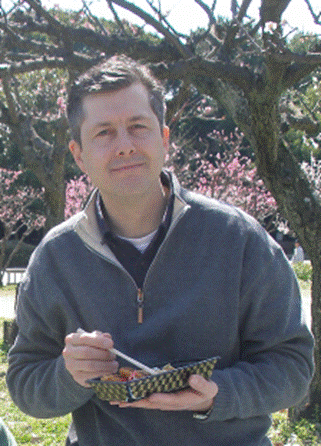While Russia’s ban on seafood imports from the United States, Canada, the EU and Norway has changed salmon trade flows, it has not changed much in Japan. The popularity of ocean-farmed trout and coho salmon means that Chile has a firm position here. The main limiting factor is the weak yen.
Current wholesale pricing at Tokyo’s Tsukiji market for whole frozen imported cohos at the end of January averaged JPY 815 (USD 6.93; EUR 6.12) per kilogram, and fillets averaged JPY 972 (USD 8.26; EUR 7.30). Domestic chum salmon is available cheaply in supermarkets now, though it is thought of as a stewing fish for winter hotpot dishes, and inferior for grilling or sautéing. Trout in Osaka supermarkets is priced around JPY 158 (USD 1.34; EUR 1.18) per 100 grams.
Norway has diverted product to the EU and U.S. markets, while Asia, Israel, Hong Kong and Korea have seen strong sales. Korea took 11,000 metric tons (MT) of Norwegian product last year. Far from being hurt by the ban, Norway increased its export sales in 2014 to a record NOK 43.9 billion (USD 5.65 billion, EUR 4.99 billion at current rates), up 11 percent from the previous year. By weight, Norway exported 999,000 MT, a 4 percent increase.
Russia has been replacing Norwegian salmon with Chilean; public-record bill of lading records show coho salmon shipped from Salmones Chiloe S.A. to St. Petersburg. Ironically, though Russia has banned Norwegian seafood, Salmones Chiloe is an AquaChile group company, now to be merged with Norwegian company Marine Resources, showing that with the current industry consolidation Norway will pocket some change from Russian imports one way or another.
On 19 January, Marine Harvest ASA, headquartered in Bergen, Norway, agreed to merge its subsidiary Marine Harvest Chile S.A. with Puerto Montt-based AquaChile S.A. The deal includes an option for Marine Harvest to increase its share in the combined entity, which would carry on the AquaChile name, to at least 55 percent between June 2016 and June 2017, to take a controlling interest.
Meanwhile, CEO Jon Hindar of Oslo-based Cermaq ASA (who will keep his job following an October buyout by Tokyo-based trading company Mitsubishi Corp.) said in a Nikkei Shimbum interview that ruble depreciation has limited Chile’s exports to Russia, as Russian importers desire credit terms while Chilean exporters demand advance payment.
These are just two large examples of consolidation in the salmon farming business. Consolidation pressure is especially intense in Chile, where infectious salmon anemia (ISA), salmon rickettsial syndrome (SRS) and sea lice have cut into profitability, not only through mortality, but also through increased costs for immunizations and treatments, reduced stocking rates and early harvesting.
Many of the same companies now hold the top market share in Norway, Chile, the UK and Canada, with Marine Harvest holding the top spot in all but Canada, where it is No. 2. While Norway has limits on the number of site licenses to be allotted to one entity in order to prevent excessive concentration, Chile has followed a looser policy to encourage investment and rapid expansion of the industry. Thus, it presents an attractive target for foreign buyouts.
The mergers are touted as path to better health, as the larger players generally have more advanced vaccination and management systems. Profitability would be improved because, according to a statement in the last AquaChile annual report, “Large companies can better compete in favorable conditions with the main operators in food distribution.” That is, if buyers have fewer suppliers to choose from, the producers will have more bargaining power against them, allowing them to go from price takers to price makers.






